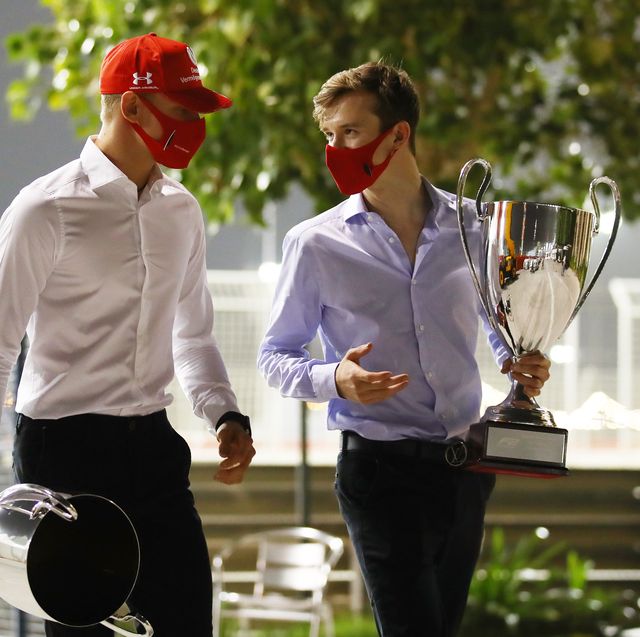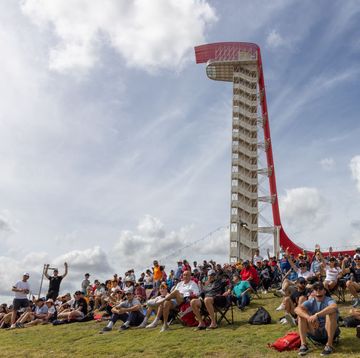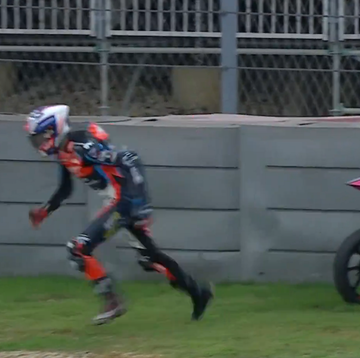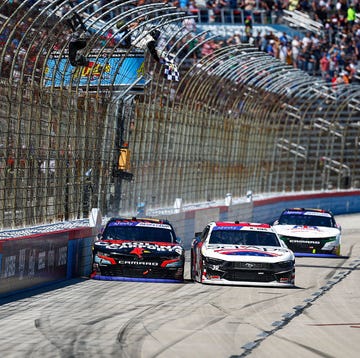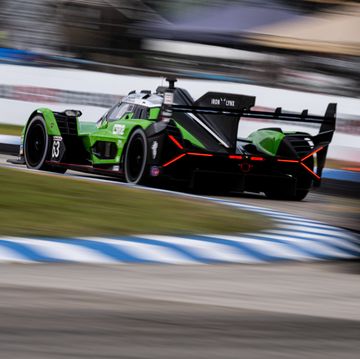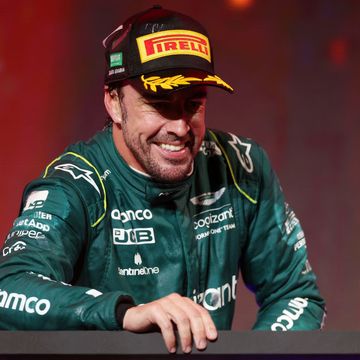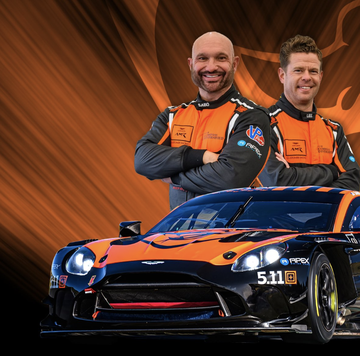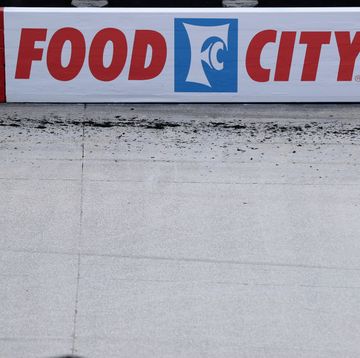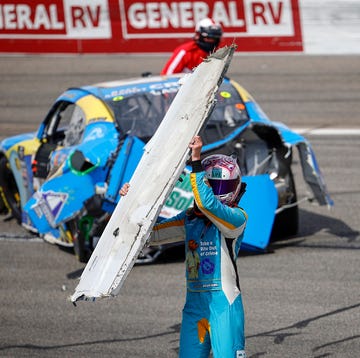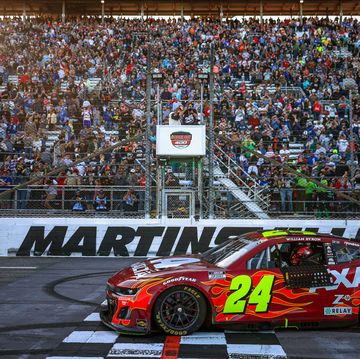Callum Ilott is not an outlier. When he came 14 points from winning last year's Formula 2 championship, he knew that Formula 1 was unlikely to be the next step in his career. It was no surprise when Yuki Tsunoda and Nikita Mazepin both got F1 drives despite finishing behind him in the series standings, either. This is the business of F1, a sport where rides are handed out on more than just speed, experience, and results. What is a surprise is what he plans to do next.
For now, that plan is just one race. Callum Ilott will make his IndyCar debut at next weekend's Grand Prix of Portland. It marks his first taste of American racing, and, more importantly, his first chance to prove that his Formula 2 results translate to a senior level of racing with a steady field of contenders dedicated only to that championship. The deal is a one-off with Juncos Hollinger Racing, but the opportunity signals an immediate interest in IndyCar for 2022 and shows the F1 teams that may be interested in his services that he has other options.
That step in between is crucial. For the past decade, Formula 2 has been a championship contested largely between junior drivers already aligned with F1 teams. Those who are favored get into F1 cars just by proving competency in the series, while the winners without an alignment (or with an alignment with a team with no open seats, like the Ferrari-affiliated Ilott) settle for test driver roles and re-assignments to sports car categories for the season. Once those contracts are up, the drivers are left looking for other homes entirely.
For former F2 stars like Sam Bird, Antonio Felix da Costa, and Nyck de Vries, that home has been Formula E. It is a series packed with talent, but one that is out of the public eye and very different from the sort of racing drivers do at the levels below it. The category is packed with drivers of an F1 caliber who cannot get F1 seats, but the specifics of the series mean it is not exactly a true competition of talent between the group. IndyCar, on the other hand, offers a new variable.
Ilott's participation in the 2021 IndyCar season is part of a wave of reconsideration for IndyCar made famous by Romain Grosjean, who came to the series after a long and competitive run in Formula 1 this season. Grosjean came after Marcus Ericsson and Felix Rosenqvist, two respected drivers in European racing that have themselves found race-winning speed in an IndyCar over the past two years, but all three have given strong endorsements to the racing in the series that have been heard by so many F1-adjacent drivers. In IndyCar, the drivers that have fallen out of favor can both drive an open wheel car that rewards driver skill first and show the decision-makers in other categories that they are a driver with skill waiting to be rewarded.
With Mick Schumacher ahead of Ilott in Ferrari's driver academy and de Vries and Alex Albon rumored to take the only open seats for a new driver on the 2022 F1 grid, a full-time run in an IndyCar might be Ilott's best chance to get into a competitive F1 ride in the near future. Whether or not that actually happens is irrelevant, though; what matters is that it would be Ilott's best chance to compete for race wins in a high-end series that puts driver performance first. Both Ilott being offered this chance and his choice to take it are wonderful signs for IndyCar and for Europe's deep pool of open wheel talent. Whether or not anyone else follows him into an IndyCar, Ilott's start represents a restored relationship between American and European open wheel racing that should be celebrated.
